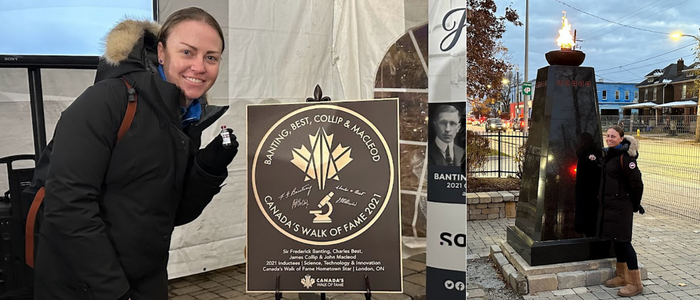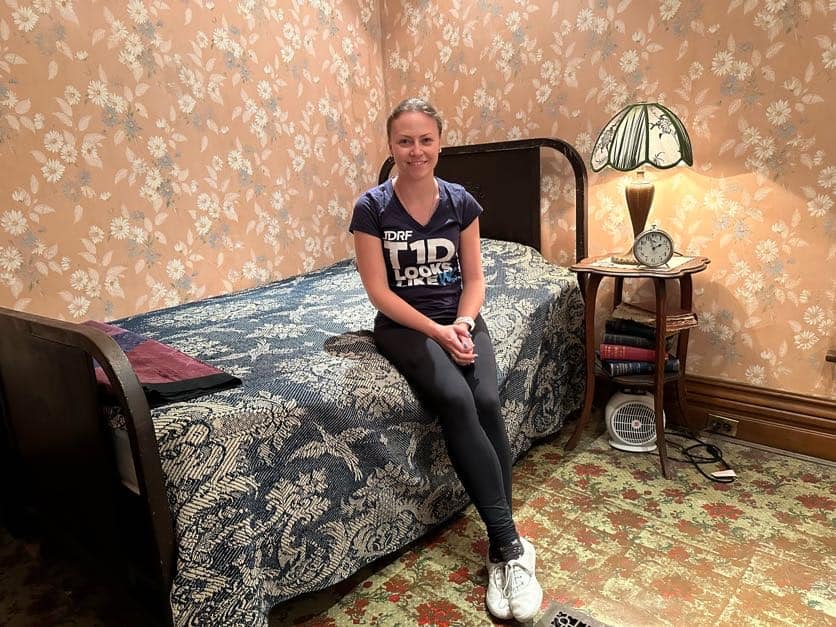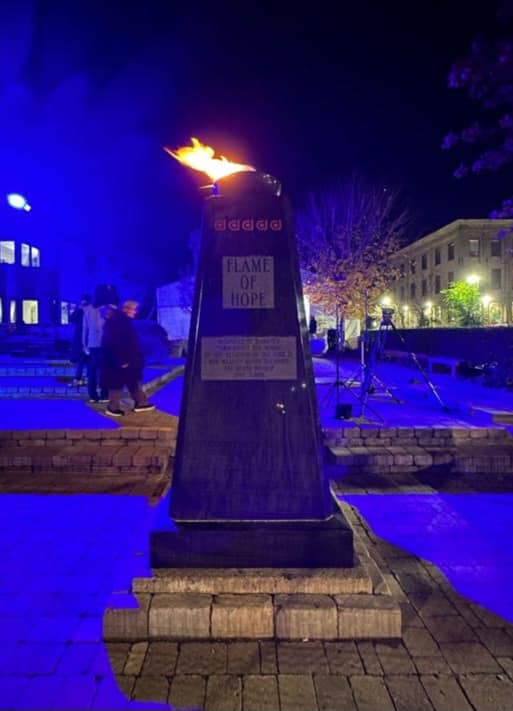Julie Kozlowski
Type 1 Diabetes Success Story

Julie Kozlowski was diagnosed with type 1 diabetes (T1D) at three years old, shortly after her family returned from a Disney World vacation. “My mother had to carry me pretty much the entire time because I was too tired and thirsty to walk,” she said. “We didn't realize it at the time, but those were my diabetes symptoms starting.”
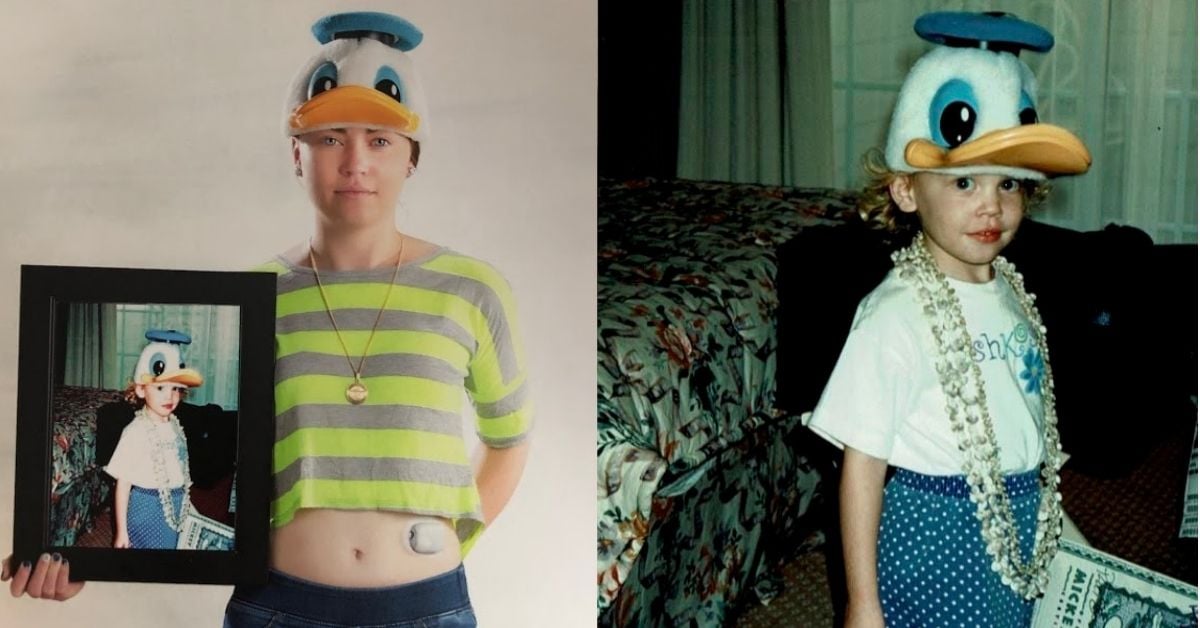
The framed photo she’s holding is the last one taken before she was diagnosed. As you can see, she still wears the hat and proudly displays her insulin pump while wearing her 25-year medal from Lilly Diabetes.
“My diabirthday is December 14th. Each year, my family and I go out and toast to life!” In 2019 Julie celebrated her 25th diaversary with this photo shoot.
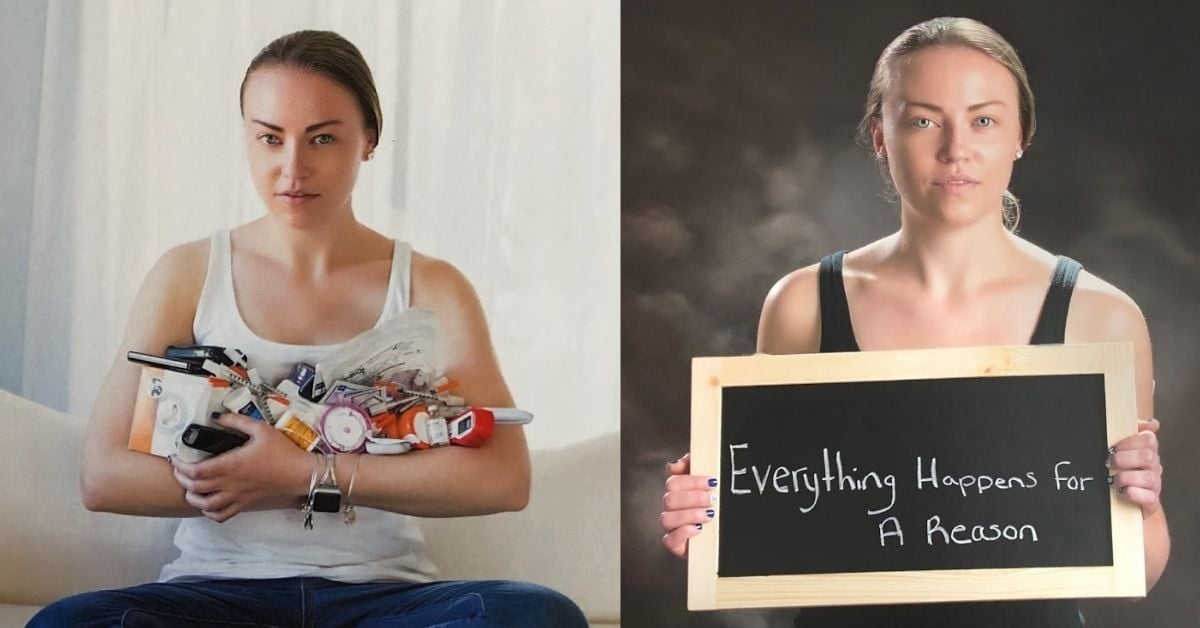
“Everything happens for a reason” is Julie’s favorite quote about type 1 diabetes. “I have to use this armful of supplies every day to stay alive!”
She manages her T1D with a Dexcom continuous glucose monitor (CGM) and OmniPod insulin pump, and her blood sugars remain in a healthy target range. She’s incredibly grateful to her diabetes care team of Drs. David Harlan & Michael Thompson, and our diabetes educators.
It wasn’t always so easy. The year after diagnosis, she experienced a seizure from low blood sugar, resulting in temporary paralysis. "It happened in 1993, but I think about it every day," Julie said. "It makes me understand the power of the disease and realize how close I came to losing everything, and how truly lucky I am to be alive."
That incident eventually led to Julie becoming vocal about her diabetes, and she used it as a constant motivator to do her best to manage it. "My blood sugars weren't great when I was a kid, but I think a lot of that had to do with the lack of technology. “Dr. Thompson has been a life changer for me,” she said. "His words are so encouraging. Other than my parents, I never had someone cheering me on until I met him. He always supports me and makes me want to do my best. I know he has my back!"
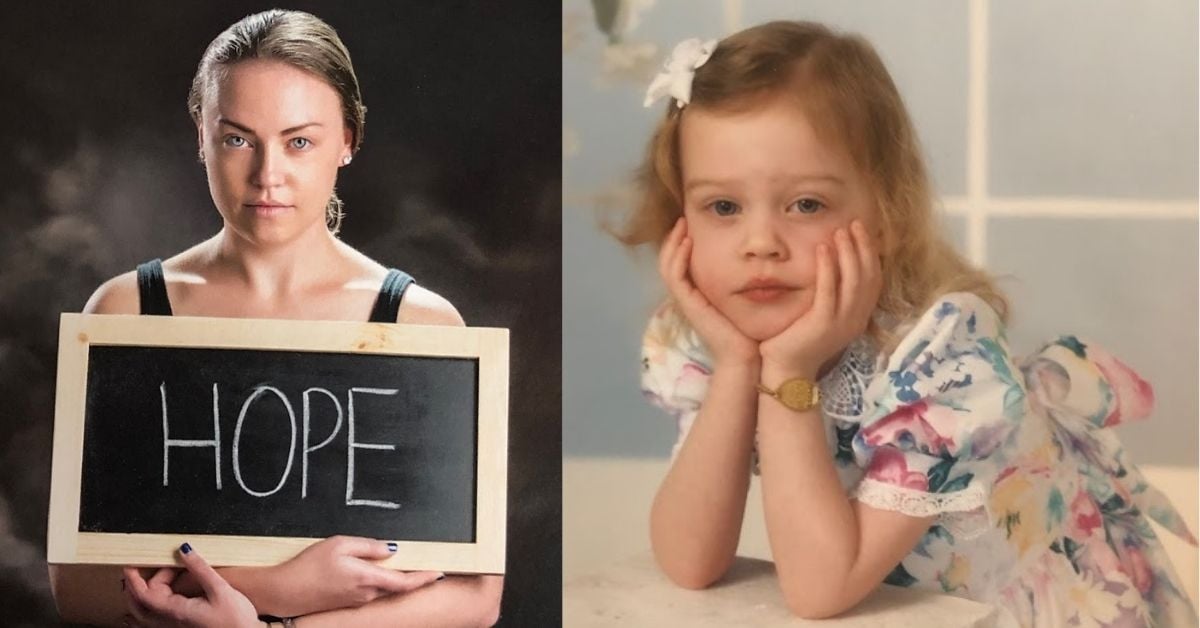
“Hope” is Julie’s favorite word when it comes to diabetes. In the above photo, she’s wearing a medical alert bracelet. “I wore that thing religiously my entire childhood. I never took it off until middle school. It became so worn that the clasp eventually broke and the bracelet fell off.”
Julie's parents were extremely hands-on and “did everything for me until middle school.” She attended diabetes camp for the first time at age 8. “My nine summers at Clara Barton Camp in Oxford, Mass., were some of my best years,” she said with a big smile. “It was the first time I felt normal because everyone was dealing with the same issues I was.”

Julie graduated from a camper to a counselor and made lifelong friends. “Some of us still keep in touch on a group chat and we get together once a year.”
She injected insulin with a needle & vial until college. She tried using an insulin pump a couple of times, once in high school and again as a college freshman, but as a student athlete (softball), “it didn’t fit my lifestyle.”
When she transitioned from pediatric care to adult care, Julie successfully reached and maintained her blood glucose goals.
She has also become a student of diabetes, learning as much as possible about the disease. Julie has made four “diabetes trips” to Toronto, where Banting & Best first isolated insulin in 1921.

“The display at the old Toronto hospital is incredible. They have letters written to and from Banting, as well as the original vials of insulin. It was such a humbling sight to see!”
Adjacent to The Banting House Museum, located in nearby London, Ontario, is The Flame of Hope. The eternal flame honors Sir Frederick Banting's discovery of insulin, as well as all those who have been affected by diabetes. Inscribed with the words “Insulin is Not a Cure,” it serves as a reminder that insulin manages diabetes but does not cure it.
Before Julie’s first trip in 2018, Dr. Harlan gave her a red rubber bracelet (below) with those exact words on it. He wears the same bracelet every day on his wrist. The eternal flame will only be extinguished when a cure for diabetes is developed. The team responsible for finding the cure will be flown in to do so.
Dr. Harlan is a physician-scientist who has dedicated his professional career to type 1 diabetes research, and is well known & respected throughout the world. His goal is to be part of the team that cures diabetes – and to extinguish that flame personally!
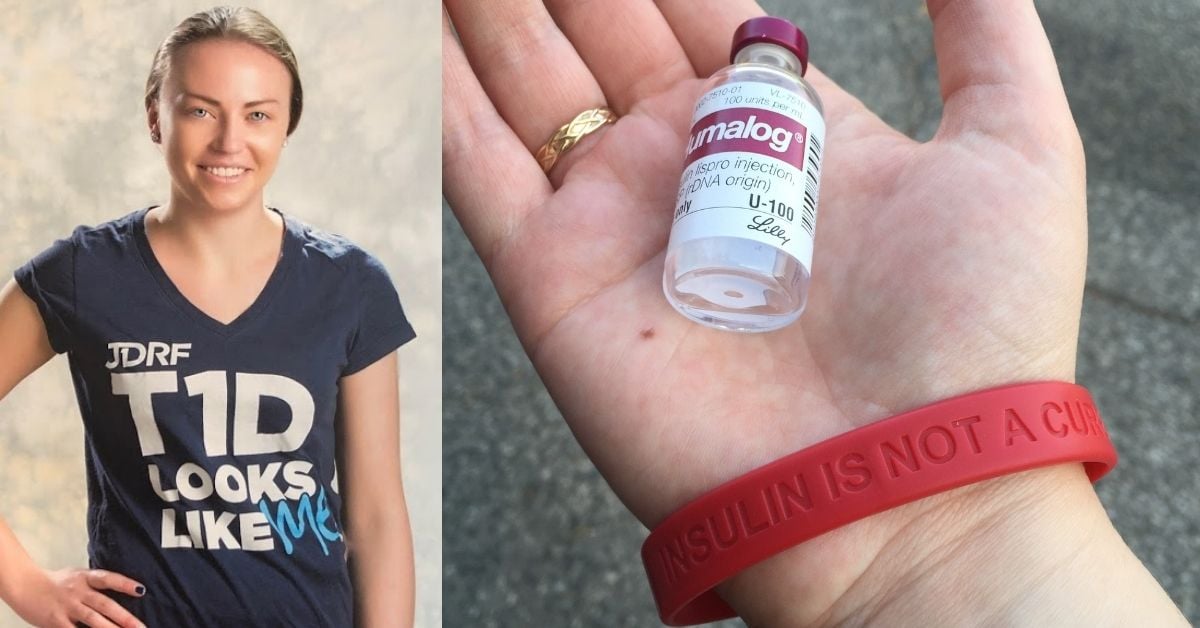
While diabetes continues to be an unpredictable disease for Julie and millions of others who live with it, she appreciates her UMass Memorial Diabetes Center of Excellence care team and how they’ve helped her over the years. Diabetes educators helped her transition to an insulin pump and CGM, and Dr. Thompson works with her to keep her blood sugars in a healthy range.
“He [Dr. Thompson] understands that there’s no textbook treatment, but instead, treats my individual needs," she said. He reminds me that I’m the most crucial part of my care team.”
